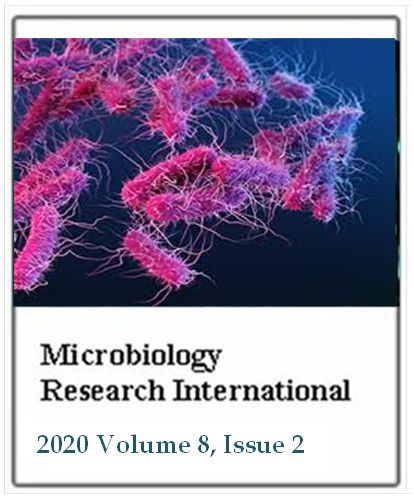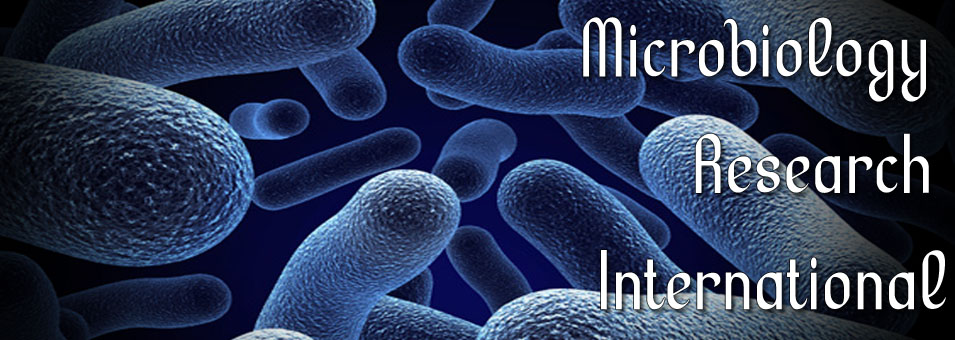Isolation and characterization of actinomycetes from white leg shrimp (Litopenaeus vannamei) ponds antagonistic to Vibrio parahaemolyticus
Nguyen Ngoc Phuoc, Le Hoang Minh Nhut, Nguyen Thi Xuan Hong, Nguyen Thi Hue Linh, Bao LeMicrobiology Research International
Published: June 19 2020
Volume 8, Issue 2
Pages 35-42
DOI: https://doi.org/10.30918/MRI.82.20.015
Abstract
Marine microorganisms are a source of useful bioactive agents and are helpful in developing a strategy to use specific bacteria strains isolated from polluted shrimp farm to treat marine aquaculture diseases. Among them, actinomycetes have gained special importance as they have a major role in the recycling of organic matter as well as the production of pharmaceuticals, enzymes, antimicrobial agents, immune-modifiers and vitamins. The eight actinomycetes isolates were recovered from shrimp pond sediment and were identified using 16s rDNA sequence as Actinomadura geliboluensis (2 isolates) and Streptomyces sp. (6 isolates). These isolates were then investigated for their ability to produce antibiotic compounds, enzymes as well as for pathogenicity markers. The eight isolates showed strong enzymatic production with amylase, chitinase, gelatinase, amylase, and antimicrobial activity against Vibrio parahaemolyticus. However, only 2 isolates were non-hemolytic (γ hemolytic) (PH 13 and PH 15). The minimum inhibition concentration (MIC) of the isolates PH 13 and PH 15 on V. parahaemolyticus were at the concentration of 1:524 and 1:1048, respectively. Although PH 13 had higher antimicrobial activity, PH 15 showed increased enzymatic activity by producing cellulose and amylase. Furthermore, the results of hydrophobicity assay suggested these isolates are promising candidate probiotic for shrimp farming. Results from this study provide a first insight on characteristics of marine actinomycetes isolates recovered from shrimp ponds sediments in Vietnam.
Keywords: Actinomycetes, Actinomadura geliboluensis, Streptomyces sp., enzymes, antimicrobial.
Full Text PDF
